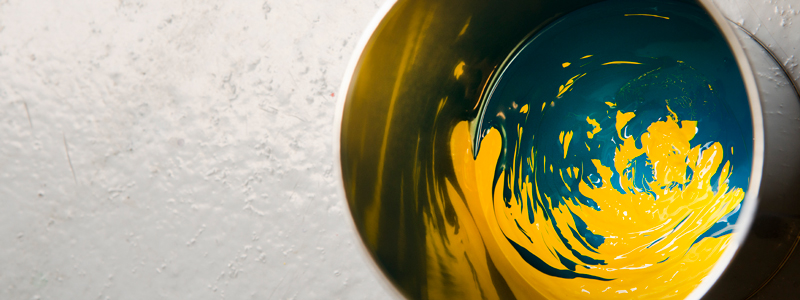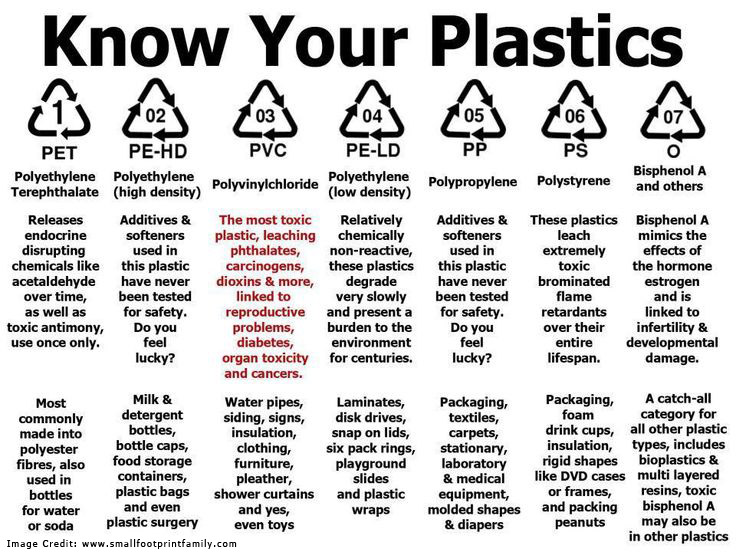
Choosing the Correct Pad Printing Ink
We’ll start with how pad printing inks are made. Unlike typical ink manufacturers, we supply our ink excluding the solvent. The benefits of this method include getting more ink per can and not having to guess how much solvent is already in the can- you can add as much as you’d like.
Now that we have that out of the way, ink ready for print includes:
Pigment: supplied in powder form- this gives the ink its color and opacity
Solvent: enables the resin and pigment mixture to be transferred to the substrate during printing
Resins: forms the finished ink
Additives: improves flexibility, flow and pigment stability
1. Determine what your substrate is made of:
One of, if not the most important factor in determining what kind of pad printing ink you need is to understand what your substrate is made out of. Different inks adhere to different substrates so skipping this step and ordering an ink without doing research will probably result in a failed print. Luckily, most companies will ask you right away what you are trying to print on or have you send in the substrate to do adhesion testing.

2. Type of abrasion or chemical resistance:
If you are planning on using certain chemicals to clean your substrate, you will need to go with an ink that can withstand such abrasion. For example, if your substrate is going to receive cleaning with alcohol, you will need an ink that can stick without peeling or discoloring. Additionally, if you are printing on an item that will need to be placed in a dishwasher, you will need to take this into consideration. Dishwashers are the harshest on prints because you are combining detergent, alkali and hot water.
3. Gloss level:
Another component of choosing the right ink is deciding if you would like to have a glossy look or a matte look.
4. Drying Speed:
Drying speed or evaporation rate is only a factor if you require your products to be packaged and shipped immediately or if the materials need to be stacked.
5. Specialized Applications- Silicone:
Ink used for printing on silicone is tricky. Not only does it have to adhere well to the substrate, it also must pass a flexibility test- being able to be stretched and bent without cracking. These inks are usually cured to ensure the best durability.
6. Medical Grade:
For applications where the ink may be ingested, it is important to use an ink that does not contain any heavy metals, among other restrictions. All toxicity levels are strictly controlled.
Filter through Inkcups’ comprehensive line of pad printing inks.
Back to Blog Home
Add Your Comment